Dance for Life

Throughout my training as a youth, I experienced the many limitations and injuries dancers often face. Pushing the boundaries of movement to long hours of training each day with little time to recover in between. The inner pressure to receive the highest recognition at competitions and in exams. In hopes that my body would become more capable of what it needed to do. I was convinced that I would progress further if I pushed myself harder in training. More practice, more stretching, more time. This all lead to a body that was screaming for attention.
MY STORY
 I was not the flexible dancer. I was the strong dancer. With limitations in range of motion and a lot of power and strength, I pushed my joints past their control. Wear and tear was something that I thought came with hard work. Beyond the daily aches and pains of weekly training, I experienced a variety of setbacks. I endured injuries ranging from a torn achilles tendon and sciatica. As well as degenerative disks, a severely pulled hamstring, and whiplash. These injuries were not battle scars that I earned as a competitive level dancer. These were signs of ignoring the truth about what my body could handle.
I was not the flexible dancer. I was the strong dancer. With limitations in range of motion and a lot of power and strength, I pushed my joints past their control. Wear and tear was something that I thought came with hard work. Beyond the daily aches and pains of weekly training, I experienced a variety of setbacks. I endured injuries ranging from a torn achilles tendon and sciatica. As well as degenerative disks, a severely pulled hamstring, and whiplash. These injuries were not battle scars that I earned as a competitive level dancer. These were signs of ignoring the truth about what my body could handle.
A list of ailments and frustrations held me back from healthy training. Not having the resources to address my setbacks, I spent a majority of my time pushing through the pain. Over the years, that pain became my normal. Consequently, it became a large part of an experience that was supposed to be enjoyable and fulfilling. The apprehension and resentment set in. I learned late that the attention my body needed was of better care and understanding. Not of the pressure that I had been feeding it for years.
If I had the tools at my disposal to create a much stronger foundation for myself, I may not have experienced as many injuries and frustrations. Potentially leading myself to a more confident and successful future as a dancer. This is the thinking that inspired me to make some changes.
WHAT NEXT?
 I moved on from dance studio life and furthered my dance education. While pursuing a professional career as a performer and dance teacher, I realized that there was a fundamental aspect missing from the programs that many dance studios offered. And, in my quest to find solutions and shift the way dancers currently approach their training, I gained the necessary experience and credentials to allow myself to provide insightful and industry changing programming.
I moved on from dance studio life and furthered my dance education. While pursuing a professional career as a performer and dance teacher, I realized that there was a fundamental aspect missing from the programs that many dance studios offered. And, in my quest to find solutions and shift the way dancers currently approach their training, I gained the necessary experience and credentials to allow myself to provide insightful and industry changing programming.
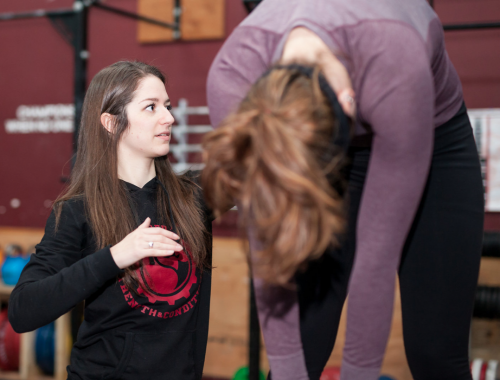 My education lead me to becoming a Functional Range Conditioning Mobility Specialist (FRCms), and a personal trainer. As a mobility specialist and trainer, my focus is on providing the education and training necessary to increase a persons level of mobility and strength. Resulting in people being able to progress healthily in their activity of choice.
My education lead me to becoming a Functional Range Conditioning Mobility Specialist (FRCms), and a personal trainer. As a mobility specialist and trainer, my focus is on providing the education and training necessary to increase a persons level of mobility and strength. Resulting in people being able to progress healthily in their activity of choice.
With the valuable information I have to offer, my goal is to change the current way dancers approach their training. With a program that will guide them on the path of strength and resiliency, they will be provided with the tools for a successful future in life and in their craft.
THE PROBLEM
Dancers ask a lot of their joints and tissue by forcing their bodies into unnatural positions. Human bodies are not naturally designed to move into those extremes. Due to the expectations of training, dancers do it anyways. A result of pushing the limitations of what a body is capable of doing is almost always injury.
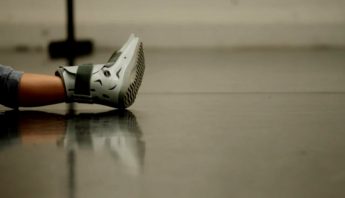 Research finds that the most common injuries experienced by dancers include: hips, knees, ankles, and back. These injuries are largely connected to dancers with limitations in movement and strength, who are involved in high level dance programs, and who’s schedules require consistent daily training. In addition, a major component of a dancers training regimen is comprised of training dance specific skills and techniques. This means a lot of repetition. This can be problematic. Especially when a dancer does not have the movement prerequisites. The result of an injury is not surprising when you consider this.
Research finds that the most common injuries experienced by dancers include: hips, knees, ankles, and back. These injuries are largely connected to dancers with limitations in movement and strength, who are involved in high level dance programs, and who’s schedules require consistent daily training. In addition, a major component of a dancers training regimen is comprised of training dance specific skills and techniques. This means a lot of repetition. This can be problematic. Especially when a dancer does not have the movement prerequisites. The result of an injury is not surprising when you consider this.
Dance studios will often provide a stretch and strength program for their dancers. This often looks like a myriad of passive stretches in different positions. Or, strength exercises that mimic dance moves. Although the thought behind such a program is with the best interest of the dancers in mind, it is not specifically targeting their movement dysfunctions. That is to say, if we have dancers in need of increasing their flexibility and/or their strength to enhance dance based skills, the answer to the problem is not to keep hammering them with more dance based skills. Even if they are disguised as conditioning exercises.
THE PERFORMANCE PYRAMID
Consider the performance pyramid (figure 1) below. The base and largest portion represents movement, or a persons ability to control their movement. The middle tier of the pyramid is performance. For example, a persons ability to create strength, speed, and coordination. At the top of the pyramid is the skill. The skill, in this case, is dance. With a strong base, a dancer will be more likely to perform their skill optimally. Therefore, mitigating injury.
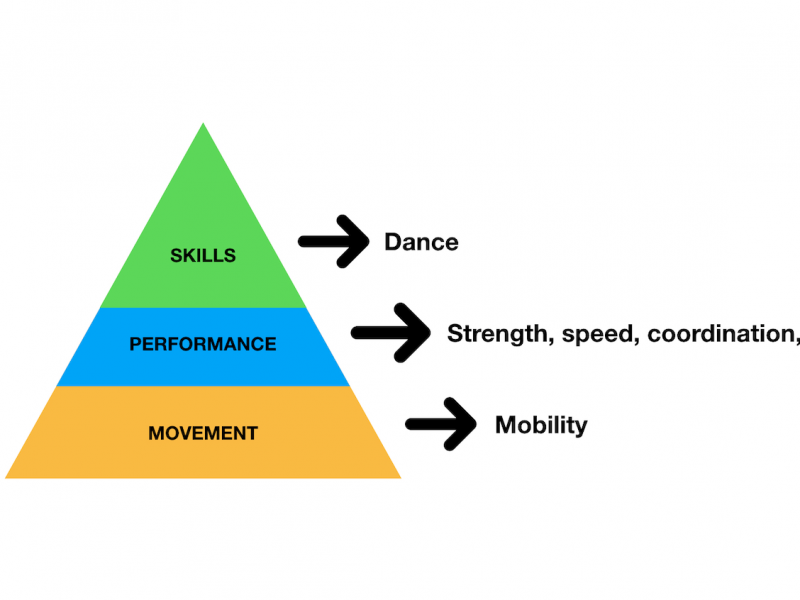
Now, let’s consider a different looking performance pyramid (figure 2).
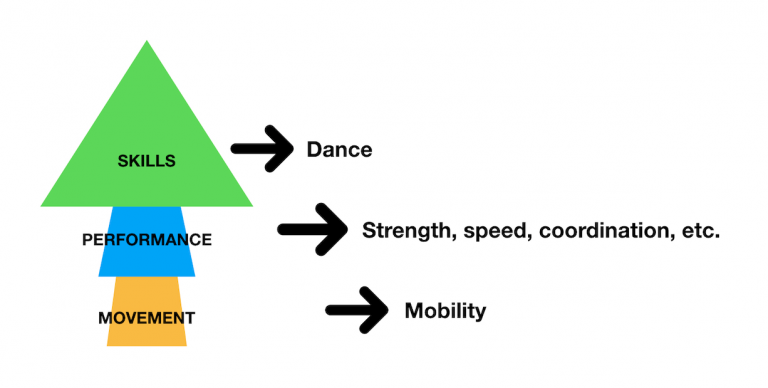
In this example, you can see that the performance pyramid has shifted in proportion. The base of the pyramid is smaller in relation to the middle and top portion. This indicates a persons skill far outweighs their ability to control their movements and their ability to perform well. Possibly leading to an injury, in at the very least, pain and discomfort. This is due to dancers spending a lot of their time training their skill and not enough time training the necessary prerequisites for their skill. The result is a much smaller base to support their skill.
It is important that we identify what movement discrepancies a dancer has so that we can provide the appropriate exercises for them as a human first. Therefore, having a strong base is ideal for any athlete and will ensure that any potential injuries will be mitigated.
THE SOLUTION
How do you set dancers on the path to resiliency? A Mobility and Strength program designed for the needs of the dancers.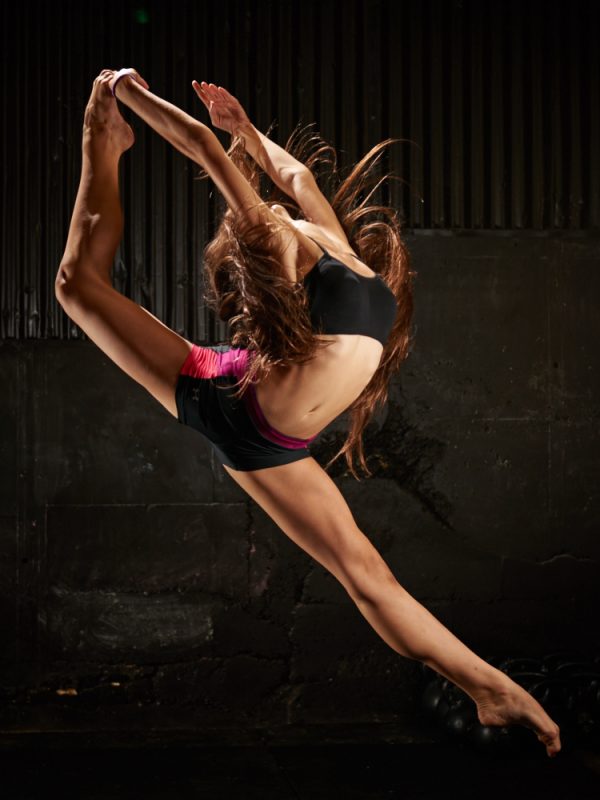
Protocols designed specifically to target movement limitations will help provide dancers with a foundation that will allow them to progress safely. Appropriate training will equip dancers with the necessary prerequisites to accomplish the skills involved in dance. As a result, the benefits will not only reduce injury rates, it will also manage pain, and create resiliency and longevity.
Most often, dancers have a great amount of passive range of motion (flexibility) and limited overall body strength. Mobility training will help to bridge that gap. Using science backed FRC mobility protocols that focus on increasing, strengthening, and controlling a persons joint range of motion. Dancers will become stronger and more resilient, with less movement limitations. And, therefore, will have a better base in which to support their performance and skill.
As mentioned, dancers tend to lack overall body strength. Strength is defined as a persons ability to create force. It is absolutely necessary for dancers to be able to control their ability to jump, land, lift and hold. By training the 7 most functional movements (Pull, Push, Squat, Lunge, Hinge, Rotation and Gait), a dancer is setting themselves up to be able to generate power, and stability. These movements are necessary for daily life and will ensure that dancers will move well, as humanly as possible. In turn, they will move well as dancers.
FINAL THOUGHTS
Mobility training in conjunction with strength training is imperative to a dancers ability to progress safely and steadily. It is imperative that dancers take care of their bodies as humans first, and dancers second. If we can ensure that their joints function at their best and beyond in the ways a human should, they can become confident in the capabilities of their bodies as dancers. Through thoughtful programming, dancers can change their movement potential. Ultimately excelling in their training, performances, and future as a dancer.
In conclusion, it is my intention to provide dancers with a program specifically designed to enhance their foundation. With my extensive training and experience in the field of health, fitness, and dance, I want to help resolve the injuries or pains experienced by dancers, by strengthening the limitations that are holding them back from achieving their goals.
